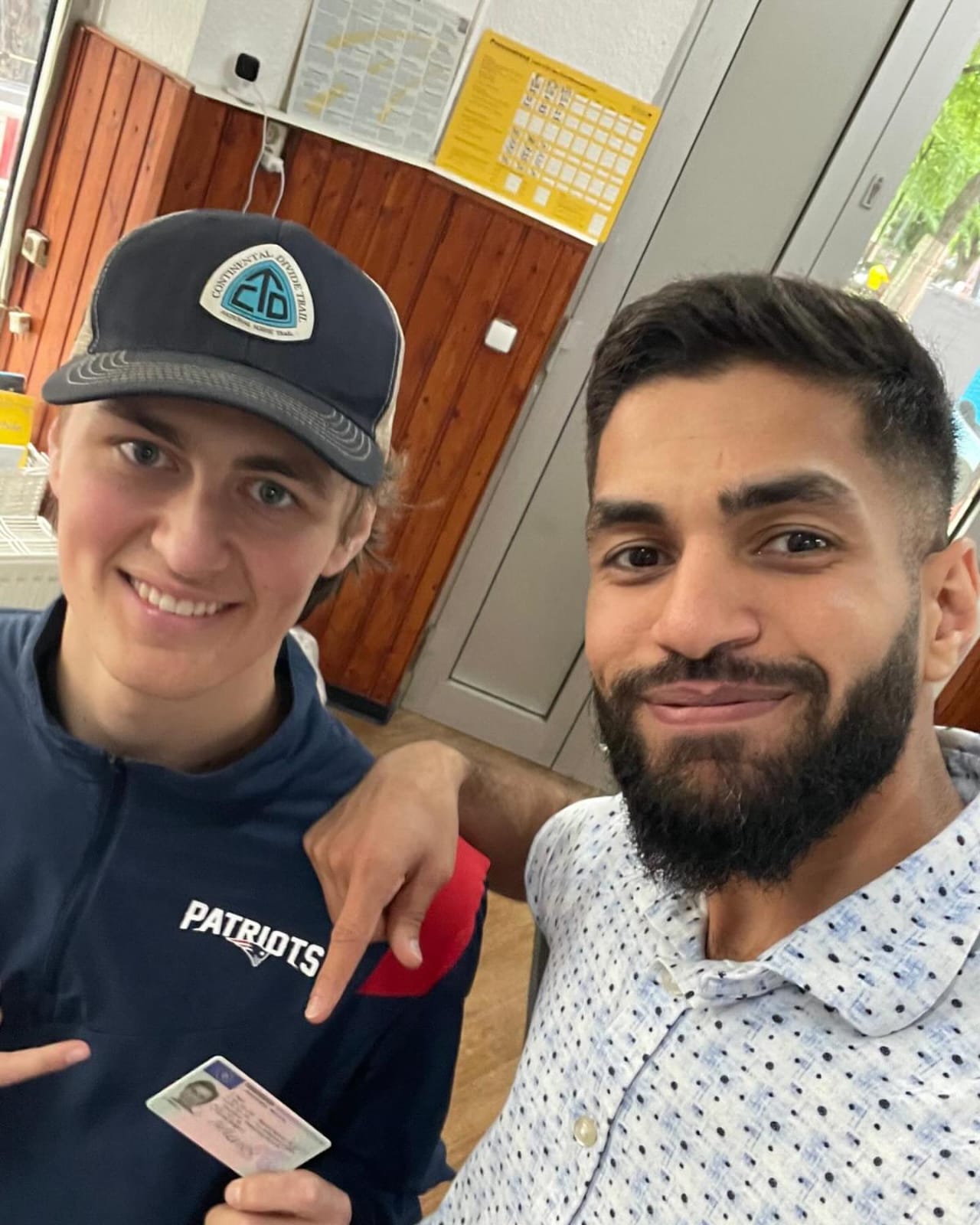Driving Licenses B 101 The Ultimate Guide For Beginners
Understanding Driving Licenses: Types, Requirements, and Frequently Asked Questions
Driving is a fundamental element of modern-day life, and getting a driving license is a critical turning point for numerous individuals. This short article explores the various types of driving licenses readily available, the requirements to acquire them, and responses typically asked questions related to the topic. A well-informed perspective on driving licenses can help individuals comprehend the significance of picking the correct kind of license to satisfy their requirements.
Types of Driving Licenses
Driving licenses can differ between nations and regions, but they usually fall into several significant classifications. The following table sums up the most common kinds of driving licenses, including their purposes and common constraints.
Kind of License
Description
Typical Restrictions
Eligibility Age
Student's Permit
Allows newbie chauffeurs to practice.
Should drive with a certified adult.
16-18 years of ages
Class C License
Standard license for passenger vehicles.
No constraint on number of guests.
18 years or older
Class A License
Commercial license for large vehicles.
Must follow stricter guidelines.
21 years or older
Class B License
For driving buses and bigger automobiles.
May require unique endorsements.
21 years or older
Motorbike License
For operating bikes.
Should wear a helmet; varies by state.
16-18 years of ages
International License
Permits legal driving in foreign nations.
Need to possess a valid domestic license.
18 years or older
Student's Permit
The learner's license is the initial step for many individuals venturing into the world of driving. This permit allows novice chauffeurs to practice driving under monitored conditions, typically requiring a certified adult over a particular age to accompany them in the automobile.
Class C License
The Class C license is the most frequently held driving license, enabling people to operate basic passenger automobiles. This license normally has actually fewer constraints compared to other classifications.
Class A and B Licenses
Class A and B licenses are essential for running commercial vehicles. These licenses need special training and testing, ensuring that drivers are equipped with the skills needed for maneuvering bigger and more complex cars securely.
Motorbike License
Individuals thinking about riding motorcycles must get a motorcycle license, which can require additional training and screening. Security gear, such as helmets, is often mandated by law.
International License
An international driving license enables individuals to drive in foreign nations, however it is vital to have a legitimate domestic driving license in combination with the worldwide permit.
Requirements to Obtain a Driving License
The requirements for acquiring a driving license can differ significantly by jurisdiction. However, there are typical steps and requirements that a lot of candidates will come across. Below is a list of general requirements:
Age Requirement:
- Minimum age differs; student's licenses are frequently provided at 16, while complete licenses might require candidates to be 18 or older.
Vision Test:
- Most jurisdictions require candidates to pass a vision test to ensure safe driving abilities.
Composed Test:
- New motorists need to pass a written exam that covers traffic laws, road signs, and safe driving practices.
Driving Test:
- Practical driving tests are performed to demonstrate a candidate's ability to operate a vehicle securely under different conditions.
Charges:
- Payment of application and screening charges is normally required.
Proof of Identity:
- Applicants should offer valid identification, such as a passport or birth certificate, together with proof of residency.
Parental Consent (for minors):
- Parental or guardian consent is typically required for candidates under the age of 18.
Understanding the different types of driving licenses and their involved requirements is essential for anybody aiming to drive lawfully and securely. kupić fałszywe prawo jazdy online serves a distinct purpose, catering to various driving needs, from standard automobiles to commercial transport and bikes. By meeting the required criteria and sticking to regulations, aspiring chauffeurs can take pleasure in the liberty of driving while guaranteeing their security and the security of others.
Often Asked Questions (FAQs)
What do I require to bring when making an application for a driving license?
- You usually require to supply recognition, proof of residency, and any needed application costs. Consult your regional DMV or licensing authority for specific requirements.
How long does it take to get a driving license?
- The timeline can differ based upon specific scenarios, such as how rapidly one can finish the needed tests, and whether there is a backlog at the licensing authority.
Can I drive with a learner's authorization?
- Yes, however you should be accompanied by a licensed driver and abide by constraints set by your local laws.
What occurs if I fail the driving test?
- You usually have the option to retake the test after a designated waiting duration, which differs by jurisdiction.
Is it required to take a driving course?
- While not always necessary, taking a motorist's education course can be advantageous and is typically needed for people seeking a learner's permit.
By being informed about the types of licenses available, the requirements required for getting one, and the associated regulations, prospective motorists can navigate the procedure of obtaining a driving license with self-confidence.
